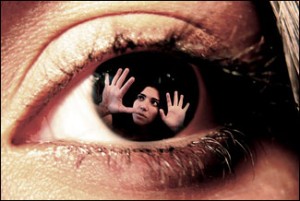
Easter brings people together for joy and bonding. Yet, family gatherings may also bring tension. Finding ways to manage this stress helps maintain harmony.
Read our excerpt about anxiety, Click here
Easter gatherings can have positive effects on mental health:
- Feeling connected: Holidays give us a chance to be with family and friends again, which can make us feel like we belong and less alone.
- Emotional Help: Sharing happy and sad times with family helps us deal with tough feelings better and makes us stronger emotionally.
Negative effects of Easter Gatherings on Mental Health Include:
- Family Conflict: Easter gatherings may bring unresolved conflicts to the surface. Differences in opinions, values, and lifestyles can escalate into arguments.
- Pressure and Expectations: The pressure to conform familial expectations and traditions can create stress and anxiety. Individuals may feel compelled to present themselves in a certain way that may not be comfortable with.
Dealing with holiday gatherings can be tough, but there are ways to cope:
- Set Boundaries: It’s important to tell your family what’s okay and what’s not. If things get too much, take a break.
- Active Listening: Pay attention to what others are saying and try to understand their feelings.
- Manage Expectations: Don’t aim for perfection. Focus on enjoying the moment, flaws and all.
- Take Care of Yourself: Do things that make you happy before, during, and after family gatherings, like meditating or exercising.
- Be grateful and Get support: Talk to someone outside your family for a different perspective. Focus on the good things about your family to feel better. Changing your mindset can change your life.
Easter gatherings, lasting only two days, can deeply affect our mental well-being, for better or worse. Recognizing these potential impacts beforehand can prepare us to appreciate and support each other, emphasizing the importance of love and connection during these times.
For more information, Click here
I hope you have a safe and happy holiday.
Love,
Monique
References:
A psychiatrist’s guide to surviving family gatherings. (n.d.). https://www.psychiatry.org/news-room/apa-blogs/surviving-family-gatherings


